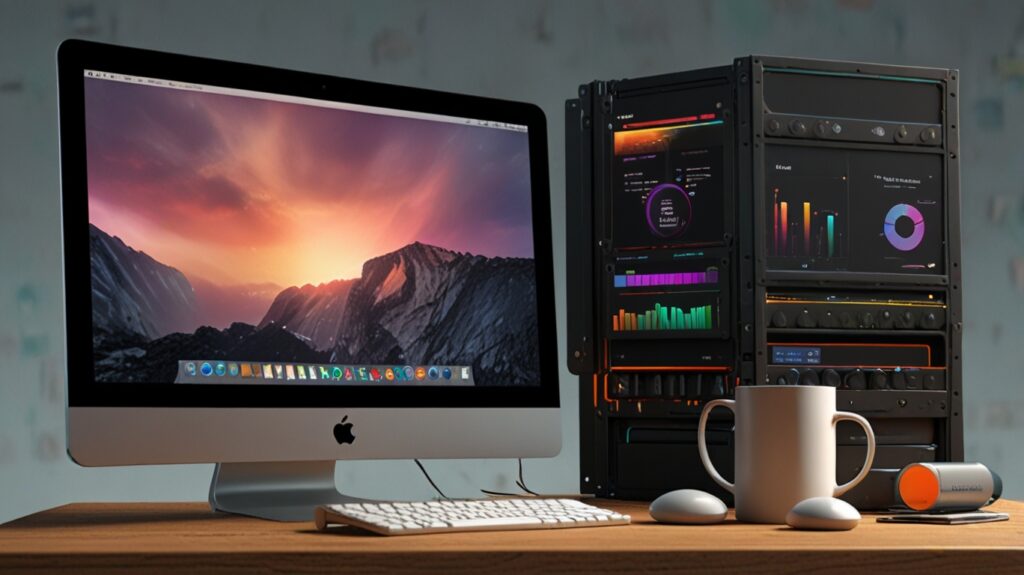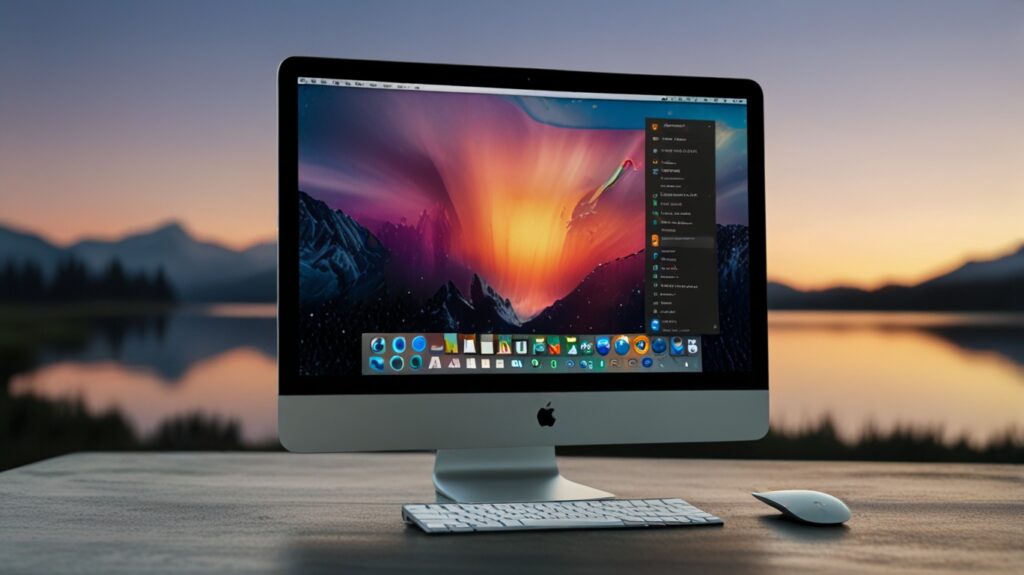If you’re looking to get the best of both worlds by running macOS and Windows on the same computer, you’re not alone. Many professionals, developers, and creatives prefer macOS for its smooth user experience while still needing Windows for specific applications, games, or enterprise software.
In this comprehensive guide, you’ll learn how to dual boot macOS and Windows using Apple’s Boot Camp utility and alternative methods. Whether you’re a beginner or a seasoned tech enthusiast, this tutorial walks you through each step with clarity and caution.
Table of Contents
- What is Dual Booting?
- Requirements and Precautions
- Method 1: Using Boot Camp Assistant (Intel Macs)
- Method 2: Using Virtualization (Alternative)
- Method 3: Dual Boot with Hackintosh Setup (Advanced Users)
- Post-Installation Tips
- Common Issues and Fixes
- Final Thoughts
1. What is Dual Booting?
Dual booting allows a user to install two different operating systems on the same computer, enabling the user to choose which OS to use at startup. Unlike virtualization, dual booting runs both operating systems natively, providing full hardware access and better performance.
2. Requirements and Precautions
Minimum Requirements:
- An Intel-based Mac (Boot Camp does not work natively on Apple Silicon for Windows)
- At least 64 GB free disk space (128 GB recommended)
- A copy of Windows 10 ISO
- A USB flash drive (16GB or larger, optional for newer macOS versions)
- Reliable backup of your data
Precautions Before You Start:
- Back up your data using Time Machine or another backup method.
- Ensure your Mac is fully updated.
- Disable FileVault (it may interfere with partitioning).
- Make sure your Windows ISO is official and downloaded from Microsoft.
3. Method 1: Using Boot Camp Assistant (for Intel Macs)
Boot Camp Assistant is Apple’s built-in utility for installing Windows on Intel Macs. Here’s how to use it:
Step 1: Download Windows 10 ISO
- Visit the official Windows 10 download page.
- Select your version and click “Download”.
- Save the ISO file to a location you can easily access.
Step 2: Open Boot Camp Assistant
- Navigate to Applications > Utilities > Boot Camp Assistant.
- Launch Boot Camp and click Continue.
Step 3: Create a Partition
- Use the slider to allocate space for Windows. At least 64 GB is required, but 128 GB+ is better for long-term use.
- Click Install.
⏳ This process will create the partition and prepare the Windows installation.
Step 4: Install Windows
- Your Mac will restart and begin installing Windows.
- Select the BOOTCAMP partition during installation.
- Click Format if prompted (make sure not to touch the macOS partition).
- Proceed with Windows installation.
Step 5: Set Up Windows
- Follow the on-screen instructions to complete the Windows setup.
- Install Boot Camp drivers when prompted (a Boot Camp installer will run after login).
💡 Tip: This installs critical drivers like Wi-Fi, trackpad, and keyboard support.
4. Method 2: Using Virtualization Software (Alternative)
If you’re using an Apple Silicon Mac or want to run both systems simultaneously, virtualization is a solid alternative.
Best Virtualization Tools:
- Parallels Desktop (best for performance)
- VMware Fusion
- VirtualBox (free, but limited)
Steps to Virtualize Windows on macOS:
- Download and install your chosen virtualization software.
- Create a new virtual machine and select the Windows 10 ISO.
- Allocate RAM, disk space, and processors based on your system specs.
- Follow the setup wizard to install Windows.
❗Note: This method doesn’t offer native performance but is ideal for light to moderate Windows tasks.
5. Method 3: Dual Boot with a Hackintosh Setup (Advanced Users)
If you’re building a custom PC and want to run both Windows and macOS, you’re entering Hackintosh territory. This process is not officially supported by Apple, requires deep technical knowledge, and often violates Apple’s licensing terms.
Basic Steps (For Reference Only):
- Create two partitions: One for Windows, one for macOS.
- Install Windows first.
- Use tools like OpenCore or Clover to install macOS.
- Set up a bootloader to choose the OS at startup.
⚠️ Disclaimer: Hackintosh setups are unstable, often break with updates, and aren’t legal under Apple’s EULA.
6. Post-Installation Tips
How to Switch Between macOS and Windows:
- Restart your Mac and hold the Option (⌥) key during boot.
- Choose either macOS or Windows from the boot menu.
Set Default Startup OS:
- Boot into macOS > System Preferences > Startup Disk > Choose your preferred OS.
Update Boot Camp Drivers:
- Launch the Boot Camp Control Panel in Windows to check for updates.
7. Common Issues and Fixes
| Issue | Solution |
|---|---|
| Trackpad not working in Windows | Reinstall Boot Camp drivers |
| Windows partition missing | Use macOS Disk Utility to repair or recover |
| No sound in Windows | Update Boot Camp audio drivers |
| Can’t resize Boot Camp partition | Backup, remove Boot Camp, and reinstall with new size |
8. Final Thoughts
Dual booting macOS and Windows 10 can drastically increase your productivity and system versatility. Whether you need Windows for games, enterprise software, or development tools, a dual-boot setup offers a smooth and powerful solution — especially when done right with Boot Camp on Intel Macs.
If you’re using an Apple Silicon Mac, you’ll need to look into Parallels or UTM for virtualization, since Boot Camp isn’t supported.
🎯 Pro Tip: Use an external SSD to store your Windows installation if you want flexibility without partitioning your internal drive.
Frequently Asked Questions (FAQs)
Can I dual boot macOS and Windows on Apple Silicon Macs?
No. Boot Camp is not supported on Apple Silicon. Use virtualization (Parallels) instead.
Does dual booting slow down my Mac?
No. Each OS runs independently. However, available disk space is reduced.
Can I remove Windows later?
Yes. Use Boot Camp Assistant to remove the Windows partition and reclaim your disk space.

